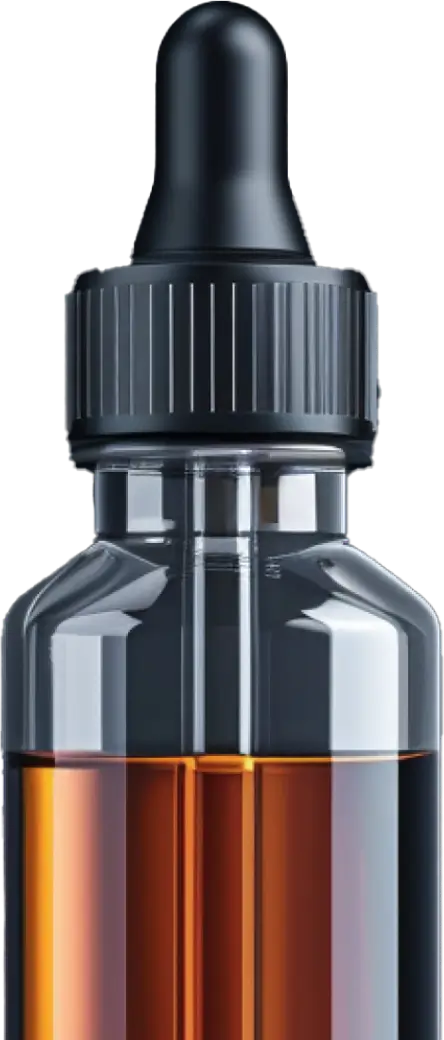March 4, 2024 - President Trump increased tariffs on Chinese goods by an additional 10 percent today, making the total import tax on Chinese vaping products 45 percent.
Feb. 6, 2024
The first punitive tariffs on Chinese products imposed by the second Trump administration took effect Feb. 4. The new tariffs impose an across-the-board 10 percent levy on products from China, including the vast majority of vapes used by American consumers.
China reacted immediately, imposing a retaliatory 15 percent tariff on coal and natural gas, and 10 percent on crude oil, farm machinery and some automobiles. The U.S. tariffs include an anti-retaliation clause, according to law firm Sidley Austin, allowing President Trump to increase the 10 percent tariff, or add new tariffs, in response to any Chinese escalation.
Tariffs are taxes paid by consumers
Tariffs are import taxes added to products imported from other countries, intended to give an economic advantage to American companies making similar products by increasing the consumer cost of the foreign products. But since mass-market vape devices aren’t manufactured in the United States, the tax will simply punish American importers, wholesalers, retailers, and ultimately consumers.
Many people misunderstand tariffs, believing them to be taxes on other countries. In fact, they are taxes on American consumers, paid in the form of higher prices. According to the Tax Foundation, the 2018-19 Trump tariffs amounted to “one of the largest tax increases in decades.”
Chinese vape products now have a 35 percent tariff
For vapers, the new 10 percent tariff will be added onto anexisting 25 percent tariff that was imposed during the first Trump administration and extended by the Biden White House (Biden also added additional tariffs on China). Vapers have been paying the 25 percent surcharge on Chinese vape products since August 2018.
Both tariffs apply to all Chinese-made vape devices, including mods, batteries, and pod-based and disposable vapes. The tariffs fall under Section 301 of the Harmonized Tariff Schedule of the United States—items HTS 8543.70.9930 and HTS 8543.70.9940.
Vape prices may not increase immediately because of the new 10 percent tariff, and it could have a very low impact on prices, depending on a number of variables.
In 2018, Mi-Pod co-founder Geoff Habicht explained to Vaping360 that tariffs might be partially absorbed by the manufacturer, importer or wholesaler, depending on the profit margin of any particular product. Parts suppliers in China could also temporarily lower prices to manufacturers to help them remain profitable.
The new 10 percent tax could go almost unnoticed by consumers in a time of inflation, but if the trade war with China continues to escalate, any additional levies on Chinese products are likely to have more effect.
The Freemax REXA PRO and REXA SMART are highly advanced pod vapes, offering seemingly endless features, beautiful touchscreens, and new DUOMAX pods.
The OXVA XLIM Pro 2 DNA is powered by a custom-made Evolv DNA chipset, offering a Replay function and dry hit protection. Read our review to find out more.
The SKE Bar is a 2 mL replaceable pod vape with a 500 mAh battery, a 1.2-ohm mesh coil, and 35 flavors to choose from in 2% nicotine.
Because of declining cigarette sales, state governments in the U.S. and countries around the world are looking to vapor products as a new source of tax revenue.
The legal age to buy e-cigarettes and other vaping products varies around the world. The United States recently changed the legal minimum sales age to 21.
A list of vaping product flavor bans and online sales bans in the United States, and sales and possession bans in other countries.

















